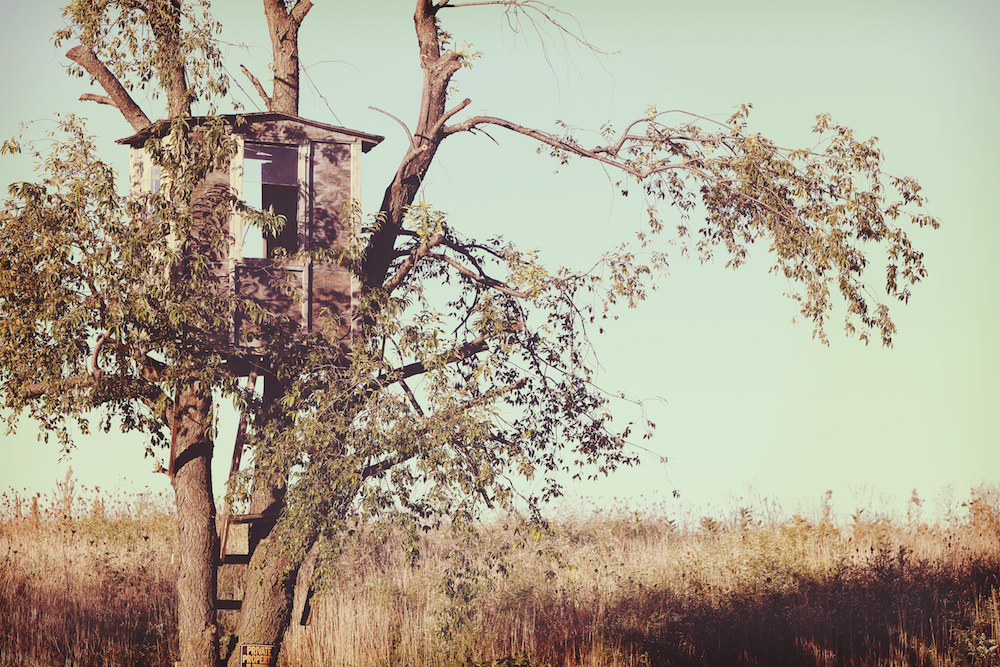We’re away until January 4, but we’re reposting some of our favorite pieces from 2020. Enjoy your holiday!
Gwendolyn Brooks, in a 1977 interview, describes an ongoing argument with her husband about the fate of a running Black child:
Once we were walking down a road and we saw a little Ghanaian boy. He was running and happy in the happy sunshine. My husband made a comment springing from an argument we had had the night before that lasted until four in the morning. He said, ‘Now look, see that little boy. That is a perfect picture of happy youth. So if you were writing a poem about him, why couldn’t you just let it go at that? Write a poem about running boy-happy, happy-running boy?’ […]
So I said if you wrote exhaustively about running boy and you noticed that the boy was black, you would have to go further than a celebration of blissful youth. You just might consider that when a black boy runs, maybe not in Ghana, but perhaps on the Chicago South Side, you’d have to remember a certain friend of my daughter’s in high school—beautiful boy, so smart, one of the honor students, and just an all-around fine fellow. He was running down an alley with a friend of his, just running and a policeman said ‘Halt!’ And before he could slow up his steps, he just shot him. Now that happens all the time in Chicago. There was all that promise in a little crumpled heap. Dead forever.
*
For every sorrow I write, also I press my forehead to the ground. Also I wash the feet of our beloveds, if only in my mind, in the waters of the petals of the flowers.
I cross my arms and bow to you.
I cross my arms in armor wishing you protection.
from The Paris Review https://ift.tt/3nGxumQ

Comments
Post a Comment